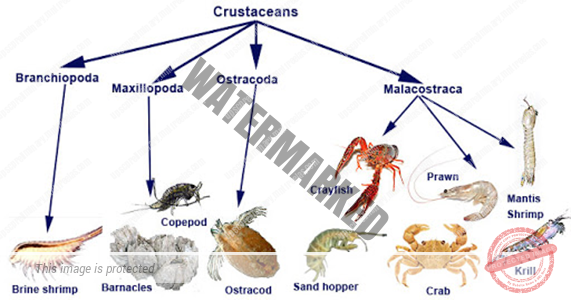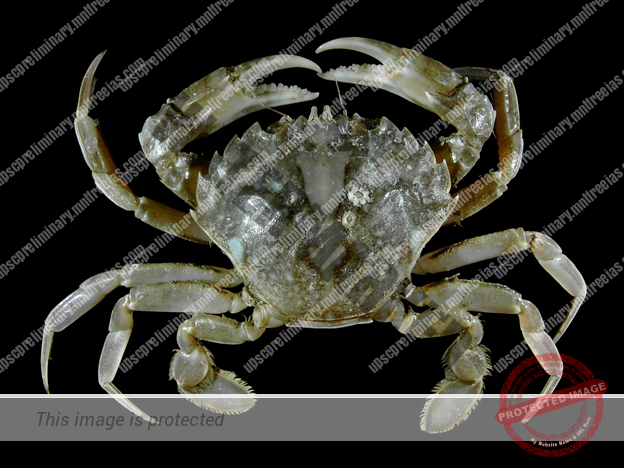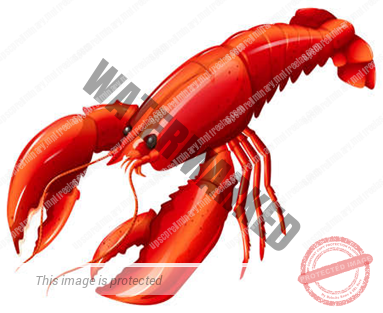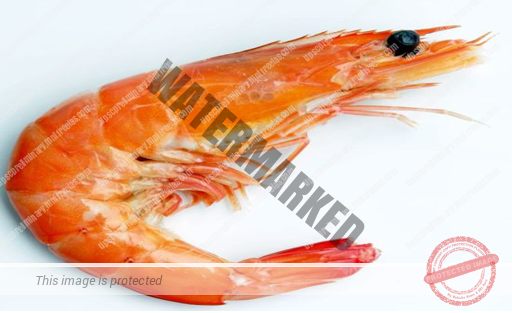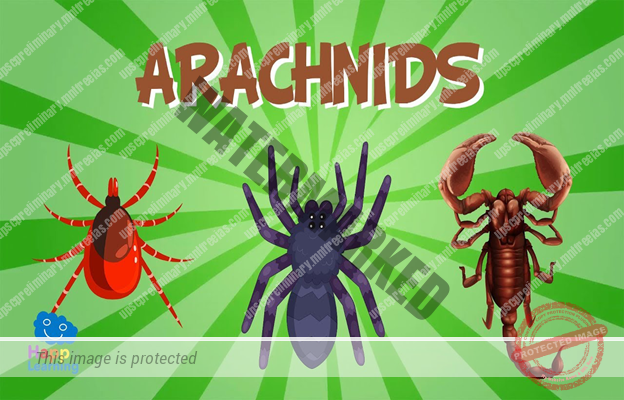(B) CRUSTACEANS, CRAB, LOBSTAR, SHRIMP & ARACHNIDS
UNIT 15 – ANIMAL KINGDOM – PART 6
(b) Crustaceans
Crustaceans are a type of Arthropod. The name may not sound familiar, but you probably know them. You may even have eaten one.
Crustaceans live mostly in the ocean or other waters. Most commonly known crustaceans are the crab, lobster and barnacle.
Crustaceans have a hard, external shell which protects their body. Crustaceans have a head and abdomen. The head has antennae which are part of their sensory system. The abdomen includes the heart, digestive system and reproductive system.
The abdomen also has appendages, such as legs, for crawling and swimming. Many crustaceans also have claws that help with crawling and eating.
(viii) Crab
There are about 10,000 different species of crab. The crab is native to all of the world’s oceans. There are also freshwater crabs, and even some crabs that live on land. Crabs have a large, hard shell. Extending from the front of its shell are the eyes, mouth and two pairs of antennae. The crab has 5 pairs of legs extending from the side of its shell. The first pair of legs have claws or pincers used to catch and hold food. The other pairs of legs are used for walking. Most crabs don’t swim, they use their legs to walk. However, some crabs such as the Blue Crab can use their legs as paddles to swim.
(a) Lobster
Lobsters are native to most oceans of the world. The lobster habitat is rocky, sandy, or muddy ocean bottom and they are generally found hiding in crevices or in burrows under rocks. Lobsters have five pairs of legs; the first pair of legs are claws used to catch and hold food. Lobsters have a large exoskeleton. As lobsters grow, the must molt to shed their old exoskeleton as they grow a larger new shell.
(b) Shrimp
Shrimp are native to many of the world’s oceans and lakes. They are generally found in shallow water. Their habitat includes both fresh and salt water. Although most shrimp are small, some can grow up to 9 inches in length. The shrimp has a very simple body consisting of the head and thorax, and a muscular abdomen for swimming. They have 8 pairs of legs, 5 for swimming and 3 for feeding. They also have 2 pairs of antennae use for taste and smell to find food. As a crustacean, the shrimp has a thin, almost transparent, exoskeleton. The shrimp is a popular food. In addition to commercial fishing for shrimp, shrimp are also grown in shrimp farms. Shrimp are also commonly found in aquariums.
(ix) Arachnids: Spiders, Ticks and Scorpions
Arachnids are a type of arthropod. You know many of them as spiders. Common arachnids are spiders, scorpions, ticks, and mites.
Like other arthropods, the arachnids have a hard exoskeleton and jointed appendages for walking. Most arachnids have. 4 pairs of legs. In some, the first pair of legs may be used for holding their prey and feeding. Unlike other arthropods, arachnids do not have antennae.
Spiders are easily recognized with their 8 legs. All legs are used for walking. The first pair of legs is also used for holding prey and feeding. The second pair of legs may also be used for holding and killing their prey.
Most spiders have 8 eyes. Spiders have fangs that are used to inject poison to paralyze or kill their prey. Many spiders can produce silk threads to spin webs for catching prey, and for building an egg sack to hold and protect their eggs.
Scorpions are large arachnids, some reaching over 8 inches in length. They have 4 pairs of legs, and a pair of pincers for catching and holding their prey. Scorpions also have a sharp stinger at the end of their tail that is used to paralyze or kill insects and small animals. Mites and ticks are small arachnids that are parasites living on the blood and tissue fluid of other animals. They can occasionally transmit disease. The abdomen also has appendages, such as legs, for crawling and swimming. Many crustaceans also have claws that help with crawling and eating.
